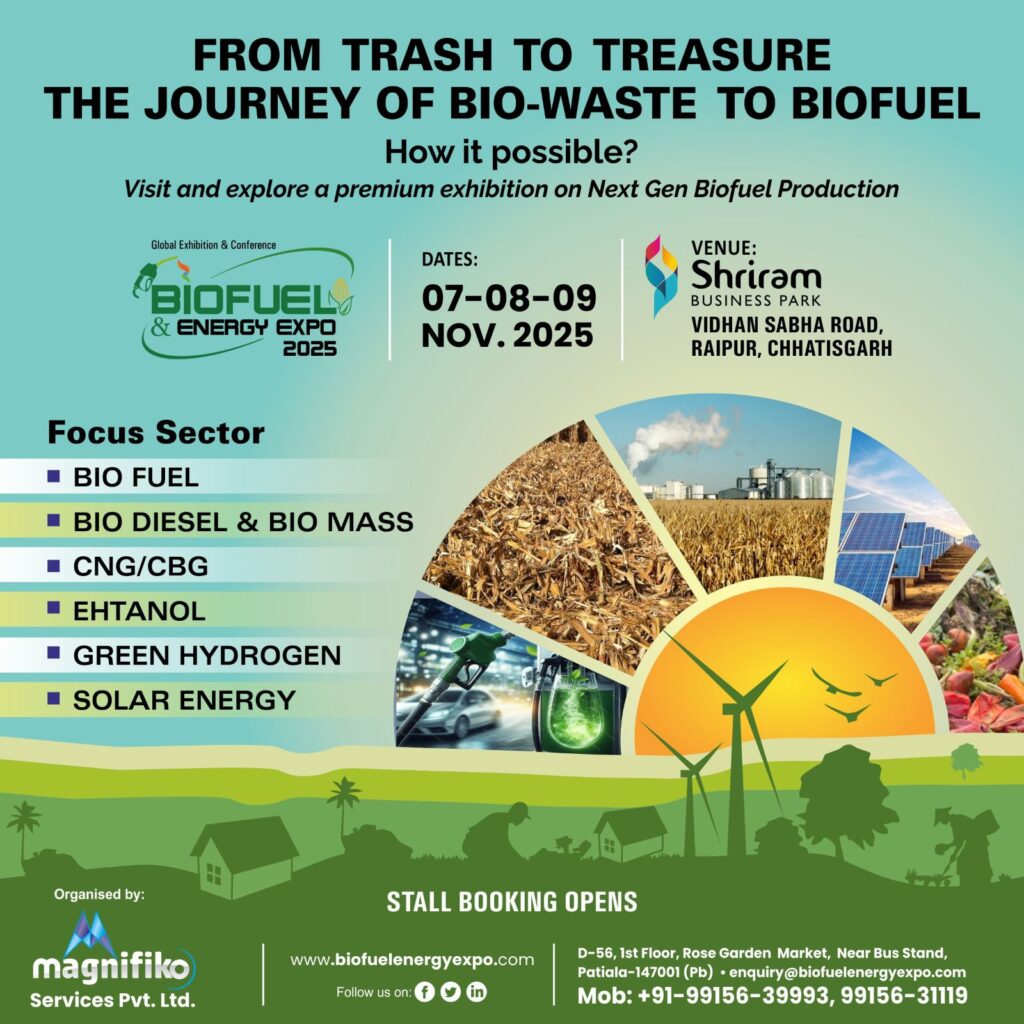The role of industrial parks in India’s clean energy transition
By Manikanta Naik and Murali Subramanian
In the race to reduce industrial emissions and achieve net zero targets, India is turning to green hydrogen as a pivotal clean fuel. And thanks to green hydrogen’s potential to replace fossil fuels in hard-to-abate sectors like steel, chemicals and transport, it is now at the forefront of India’s clean energy transition ambitions.
After setting a bold target to build the capacity to produce 5 million metric tons of green hydrogen annually by 2030, India now faces a challenge: How can its industrial parks become effective hubs to turn this vision into reality?
India’s National Green Hydrogen Mission, backed by a more than $2 billion government incentive package, has already created significant momentum by attracting public and private investments across the value chain. But scaling green hydrogen production is complex – it requires coordinated solutions to issues ranging from infrastructure gaps and renewable energy supply to water scarcity.
Industrial parks, including those aligned with global efforts like the Forum’s Transitioning Industrial Clusters initiative, can play an increasingly prominent role in advancing India’s economic and sustainable development objectives. One such hub, Gopalpur Industrial Park in Odisha, India, has developed a replicable model for how to integrate infrastructure readiness, policy support and multi-stakeholder collaboration to unlock clean energy deployment at scale.
Gopalpur Industrial Park spans 2,970 acres and can be accessed by rail, road, port and air. It has an on-site training institute and currently hosts companies from industries including food processing, green hydrogen, solar cells and steel production.
The park aims to align industrial needs with regional policy by developing infrastructure such as high-voltage substations, advanced water treatment and desalination, and zero liquid discharge systems. Alongside this, a government-backed dedicated utility corridor transports vital commodities to the hub. This creates an ecosystem to support industrial decarbonization.

This integrated approach both advances green hydrogen and addresses challenges like power reliability and water sustainability. It provides a blueprint for other parks across India, as well as for other emerging economies, that want to ignite an industrial transformation.
Challenges to scaling green hydrogen
While the opportunities for green hydrogen innovation are immense, several challenges must be addressed to scale production effectively.
Firstly, infrastructure development can be difficult. Green hydrogen is created using complex facilities including production plants, pipelines, storage units and export terminals – each requiring significant investment and long-term coordination.
Securing renewable energy supply, which is critical for green hydrogen production, also creates obstacles. Despite India’s impressive growth in solar and wind capacity over the past years, ensuring consistent, reliable renewable power – especially in remote or underdeveloped regions – remains difficult.
Water availability is another concern. The electrolysis method used to produce green hydrogen requires large volumes of water. This can place pressure on local water resources, particularly in water-scarce areas. Balancing water security with sustainable hydrogen production will ensure the long-term success of green hydrogen as a clean energy solution.
Industrial parks: Driving India’s energy transition
Industrial parks are playing an increasingly prominent role in advancing India’s economic and sustainable development objectives. By creating concentrations of industries, infrastructure and investment, these clusters can provide a practical way to scale clean energy technologies by bringing together public and private stakeholders, innovation and policy support.
Gopalpur Industrial Park, for example, is actively attracting green hydrogen and renewable energy investors. Its early commitments from solar and hydrogen companies show the potential for a wave of clean energy investment in industrial hubs.
The park’s infrastructure investments will enable large-scale clean energy deployment by tackling the challenges – such as renewable energy reliability, water availability and environmental impact – that hinder the scaling of clean energy technologies.
Its dedicated utility corridor is supported by the Odisha state government. This collaboration between regional authorities and industrial stakeholders has unlocked new opportunities for clean energy projects in the region.
And its investments in desalination and advanced water treatment aims to support both industrial growth and environmental sustainability. Addressing water scarcity is essential to ensuring the long-term viability of green hydrogen production and making India’s clean energy ambitions a reality.
A model for industrial transformation
India’s clean energy transition will require collaboration across government and industry. Industrial parks will play an essential role in this collaboration by providing the infrastructure and resources needed to scale clean energy solutions.
For green hydrogen production hubs like Gopalpur Industrial Park, supporting infrastructure is crucial. This is how regional industrial clusters can align decarbonization with economic development and water security.
As India advances its green hydrogen agenda, industrial parks like the one in Gopalpur could become the backbone of a more resilient and investment-ready energy transition – both across India and in many other emerging economies around the world.
Manikanta Das is Managing Director, Tata Steel SEZ, Tata Steel and Murali Subramanian is Co-Founder, Ocior Energy Limited.
This article has been republished from The World Economic Forum.

